What Carbon-Cutting Projects Pay for Themselves if Your Electricity Costs Only a Nickel?
By Wendell Brase, Vice Chancellor, University of California, Irvine and Chair, University of California Climate Solutions Steering Group
(This article appears in the January, 2011 issue of The ACUPCC Implementer)
Is your institution lagging compared to colleges and universities you read about when it comes to aggressive energy-saving or renewable energy projects? (Such projects represent a major fraction of most climate action plans.) If your energy mix derives primarily from coal or hydro, don’t blame your chief financial officer, who is probably under governing board pressure to maintain fiscal stability despite unprecedented economic conditions. Suppose that your electricity costs 5 cents per kilowatt-hour (kWh) and the governing board expects all energy project investments to at least break even. What can you do?
By contrast, if your electricity costs were nominally 10 cents/kWh and your state has an incentive program that subsidizes energy-retrofit projects, you would probably be installing daylight sensors, “smart lab” controls, constant-volume to variable-volume conversions, “smart” lighting controls and fixtures, and refrigerator and freezer replacements. But what if your energy cost is 5 cents/kWh and you do not have an incentive rebate program to help underwrite energy projects?
- Read more about What Carbon-Cutting Projects Pay for Themselves if Your Electricity Costs Only a Nickel?


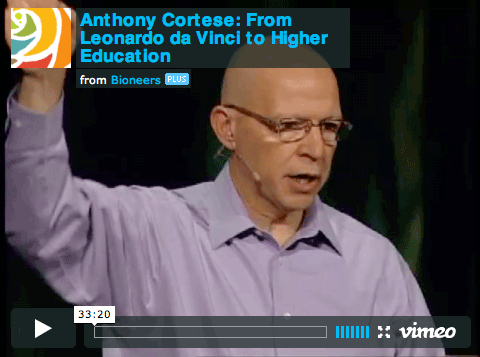
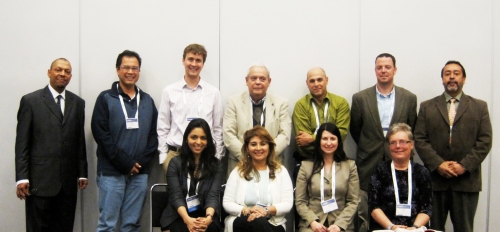
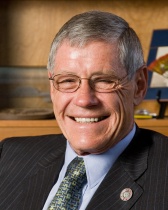

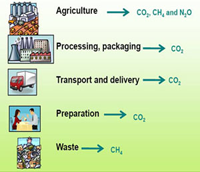
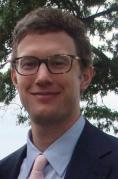 Peter Bardaglio
Peter Bardaglio



